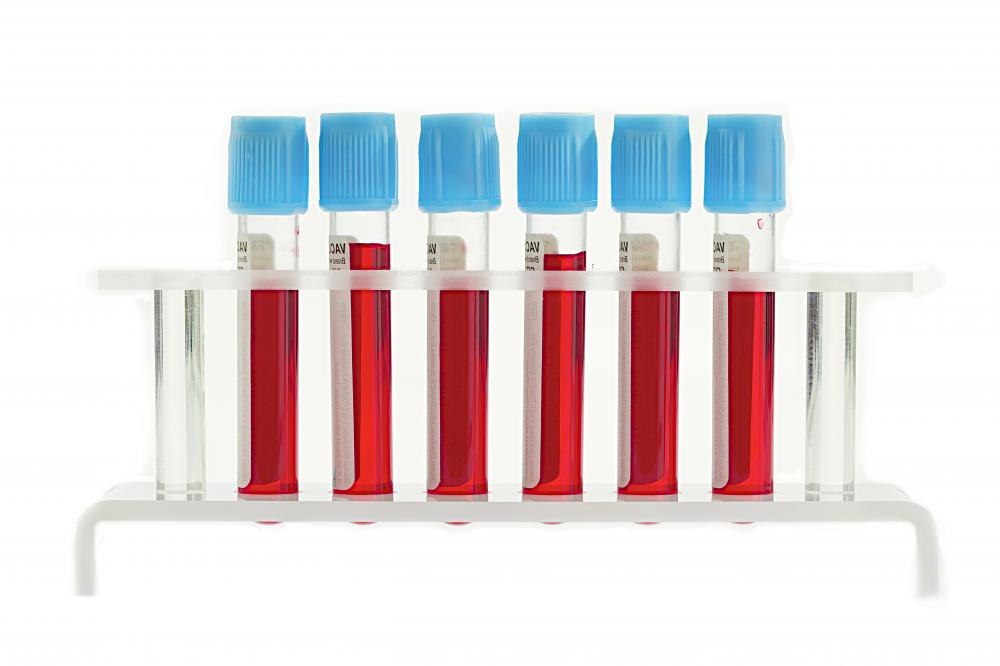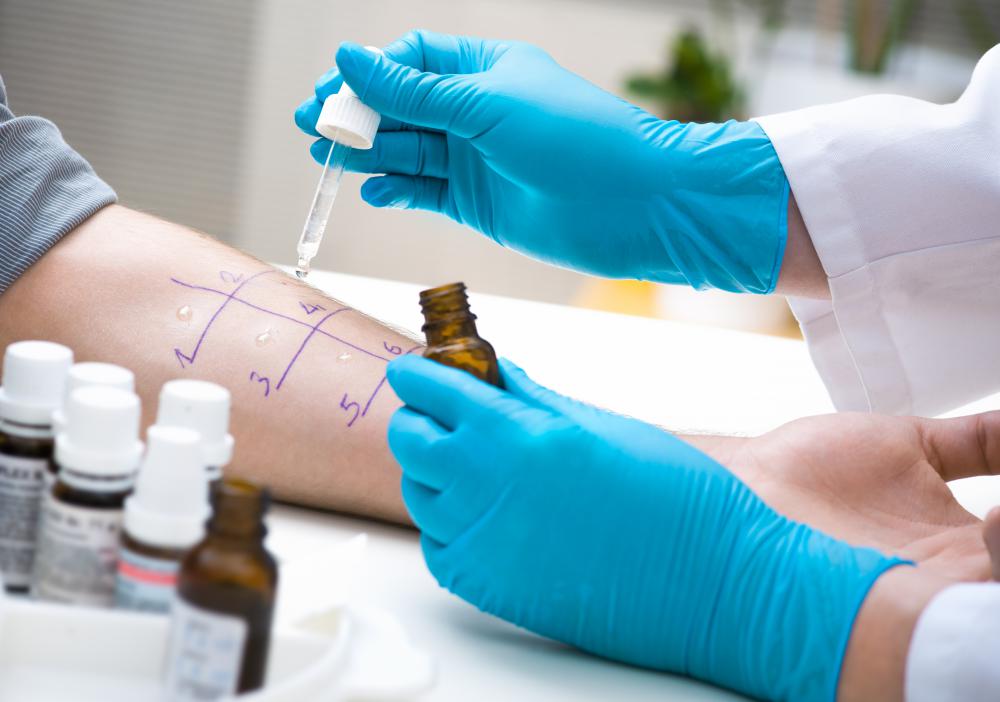At WiseGEEK, we're committed to delivering accurate, trustworthy information. Our expert-authored content is rigorously fact-checked and sourced from credible authorities. Discover how we uphold the highest standards in providing you with reliable knowledge.
What is Involved in a Histamine Test?
A histamine test determines whether or not a certain substance causes allergic reactions in a patient's body. Three days prior to the test, the patient is advised to avoid all foods and substances that might cause any symptoms similar to allergies. The patient is then exposed to a small amount of a suspected allergen during the test itself. In the most common form of histamine test, doctors will simply observe the area of skin that was exposed to the allergen for any reactions. Patients who prefer more precise testing can opt to undergo a blood test, which measures the levels of histamine and allergic antibodies in the system.
The preparation for a histamine test often involves avoiding substances that can affect the results. This includes staying away from areas that are suspected to trigger the allergic reaction and avoiding foods such as cheese, which can cause similar, although non-allergic, reactions like swelling. The patient is also advised to stop taking any antihistamine medications prior to the histamine test. If the patient complains of chronic allergies, it is also recommended that he collects small samples of the food he eats during these periods. The food samples can be used to determine specific allergens during testing.

After the preparation period, the patient will often undergo one of two tests, the most common of which is the skin test. The skin test involves marking a specific area on the patient's skin and then lightly scratching it with a needle to break the top-most layer. A small amount of the suspected allergen is introduced into the broken skin. If the marked area begins to swell, itch, or turn red in color, it is highly likely that the patient was allergic to the substance. If no reaction is observed, the patient can opt to have the allergen injected directly beneath the top-most layer of skin to confirm the results of the histamine test.

Although the skin test is the most popular histamine test, it is considered an inferior method to blood testing. While the skin test can determine whether or not a particular substance is an allergen, it cannot confirm the degree to which the patient is allergic. A blood test, in which a blood sample is examined for histamine levels, can both measure the degree of the allergic reaction as well as rule out result-altering factors such as sensitive skin. The results from a blood histamine test can also be used to determine whether or not the patient's tolerance to the allergen is improving.
AS FEATURED ON:
AS FEATURED ON:













Discuss this Article
Post your comments